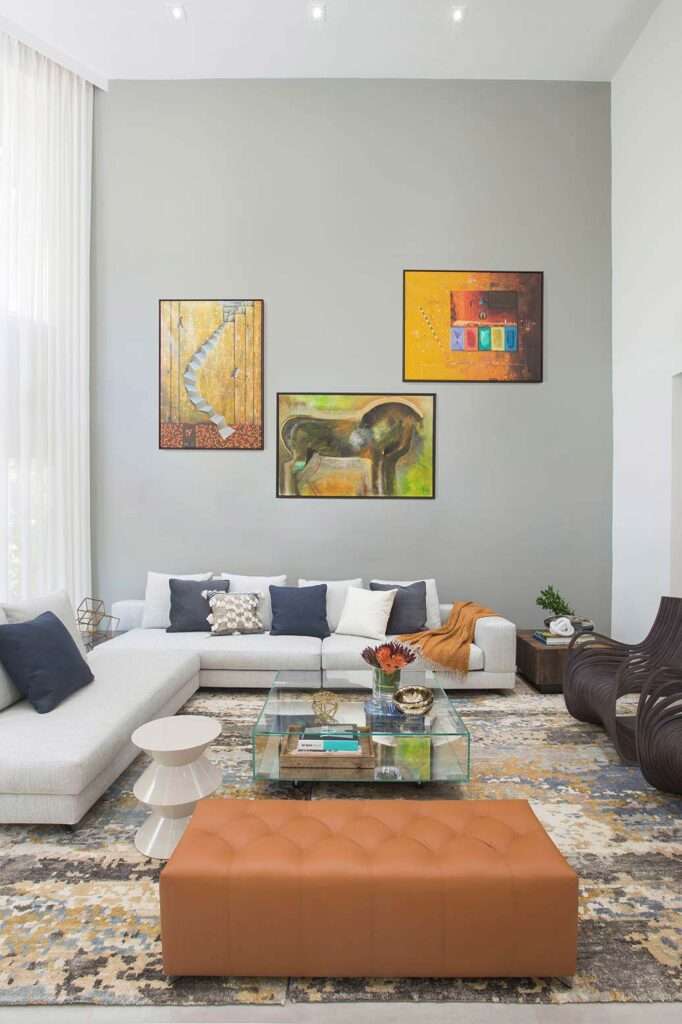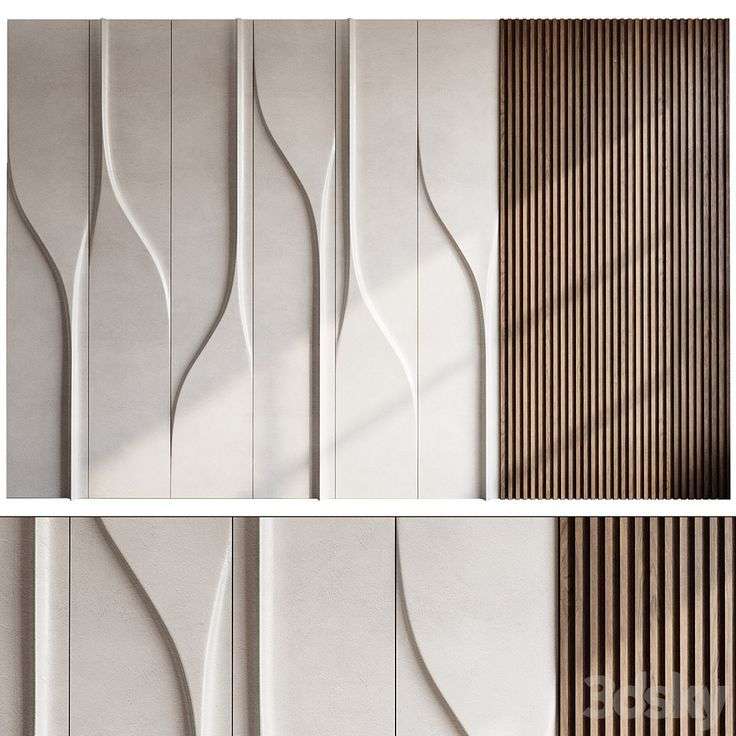Incorporating local art into your interiors is not just a way to beautify your space—it’s a way to tell a story, connect with your community, and celebrate the unique culture and talent of the artists around you. At Scale & Structure, we believe that art has the power to transform a room, evoke emotions, and make a space feel more personal and meaningful. In this blog, we’ll explore how to thoughtfully incorporate local art into your interior design to create a space that is not only stylish but also rich with cultural expression.

1. Choose Pieces that Reflect Your Space’s Personality
When selecting local art, it’s essential to consider how the piece aligns with your space’s overall aesthetic. The beauty of local art is that it comes in a wide range of styles—from abstract and modern to traditional and rustic—giving you ample opportunities to find pieces that speak to your style and the vibe of your home.
How to choose the right pieces:
- Modern Interiors: For contemporary spaces, look for local artists who work in abstract or minimalistic styles. Bold, geometric patterns or striking color contrasts can create a statement in your living or dining room.
- Rustic or Farmhouse Interiors: For spaces with a cozy, rustic feel, local landscape paintings, vintage-style pieces, or even handcrafted ceramics can add a touch of authenticity and warmth.
- Bohemian or Eclectic Interiors: Embrace vibrant colors, mixed media, or local cultural art that adds a sense of eclectic beauty. Art with a handmade, free-spirited aesthetic fits perfectly with these interiors.
Scale & Structure Tip: When selecting artwork, ensure that it complements the color palette and the furniture of the room. A piece of local art should enhance, not overwhelm, the space.
2. Mix Local Art with Your Existing Décor
Incorporating local art doesn’t require a full redesign of your space. You can easily mix art with your existing décor, adding depth and character without making the space feel cluttered.
How to mix art with décor:
- Art and Furniture: Place a piece of local art above a couch or dining table to create a focal point. Consider balancing it with neutral furniture to let the artwork stand out.
- Gallery Wall: Create a gallery wall with a combination of local pieces. Mix framed photography with paintings or textiles for a dynamic, curated display. This is a great option if you’re unsure of committing to one large piece.
- Layering with Textiles: Combine local art with local textiles, like handwoven throws, pillows, or rugs. This creates an inviting, layered look that celebrates craftsmanship.
Scale & Structure Tip: When mixing art with décor, maintain a cohesive theme. For example, if your space features warm tones and natural textures, select local artwork with similar colors or elements, such as earthy landscapes or nature-inspired pieces.
3. Support Local Artisans through Craftsmanship and Handcrafted Pieces
In addition to traditional wall art, local artisans often create beautiful handcrafted furniture, pottery, textiles, and décor items that can complement your interior. These unique items can add a one-of-a-kind flair to your home.
How to incorporate handcrafted pieces:
- Furniture: Look for locally crafted furniture, such as hand-carved wooden chairs, artisan tables, or custom-made shelving. These pieces bring character and craftsmanship into your home.
- Ceramics and Pottery: Locally made pottery, vases, and bowls can add texture and interest to your countertops or shelves. Consider using them as functional art in your kitchen or living room.
- Textiles: Handwoven rugs, throws, and pillows crafted by local artisans can add warmth and softness to a room while supporting traditional textile techniques.
Scale & Structure Tip: Incorporating handcrafted pieces from local artisans creates a connection to the cultural history of your area. It’s not just about decoration—it’s about supporting local craftsmanship and preserving traditions.
4. Consider the Story Behind the Art
One of the most powerful aspects of local art is the story behind it. Many artists draw inspiration from their cultural heritage, natural surroundings, or personal experiences. When incorporating local art into your interiors, take the time to learn about the artists and their work. This adds another layer of meaning to the art and deepens your connection to it.
How to appreciate the story:
- Learn the Artist’s Background: Research the artist’s story, inspiration, and creative process. Many artists love sharing their stories and will have exhibitions, galleries, or websites that offer insights into their work.
- Feature Art with Personal Significance: Consider choosing pieces that hold special meaning to you or your family, such as artwork that reflects your community’s culture or your personal experiences.
- Curate a Collection: Collect works from different local artists that share a common theme, whether it’s nature, heritage, or social issues. This creates a powerful narrative throughout your space.
Scale & Structure Tip: Display a small plaque or card near the artwork with a brief story about the artist or their inspiration. This adds an educational element and makes the piece feel even more personal.
5. Showcase Local Photography and Prints
Local photography is a fantastic way to add a sense of place and history to your home. Photographers often capture stunning landscapes, cityscapes, or cultural events, making their work a powerful reflection of your community’s identity.
How to display local photography:
- Landscapes and Cityscapes: If you live in a scenic area, local photographers may have stunning prints of your surroundings. Framing local landscape photography or cityscapes adds a sense of pride and a connection to the area.
- Cultural or Documentary Photography: Featuring local events, festivals, or portraits of local people can bring a deep, emotional layer to your space while celebrating your community’s history.
- Black and White or Color Photography: Depending on your design style, black and white photography can create a timeless, classic look, while color photography adds vibrancy and energy to a room.
Scale & Structure Tip: Choose photography that aligns with your room’s color scheme or aesthetic. A black and white photograph can fit seamlessly into a minimalist, neutral space, while vibrant color photography works well in eclectic or bohemian rooms.
6. Rotate Art to Keep Things Fresh
If you have a large collection of local art, rotating your pieces can keep your space feeling fresh and dynamic. Displaying different artwork throughout the year not only allows you to enjoy various pieces but also allows you to support more local artists by showcasing their work.
How to rotate art:
- Seasonal Rotations: Change artwork seasonally to reflect the mood of the time of year. For instance, display bright, nature-inspired pieces in the spring and summer, while opting for cozy, warm-toned artwork in the fall and winter.
- Themed Rotations: Rotate artwork based on themes such as local history, nature, or community events to keep the story of your home evolving.
- Create a Display Wall: Designate one area, like a hallway or entryway, as your art rotation zone. This allows you to easily switch out pieces without disrupting the rest of your decor.
Scale & Structure Tip: When rotating art, ensure that the new pieces still maintain harmony with the room’s existing color palette and style. Even if the theme changes, the overall aesthetic should feel cohesive.



